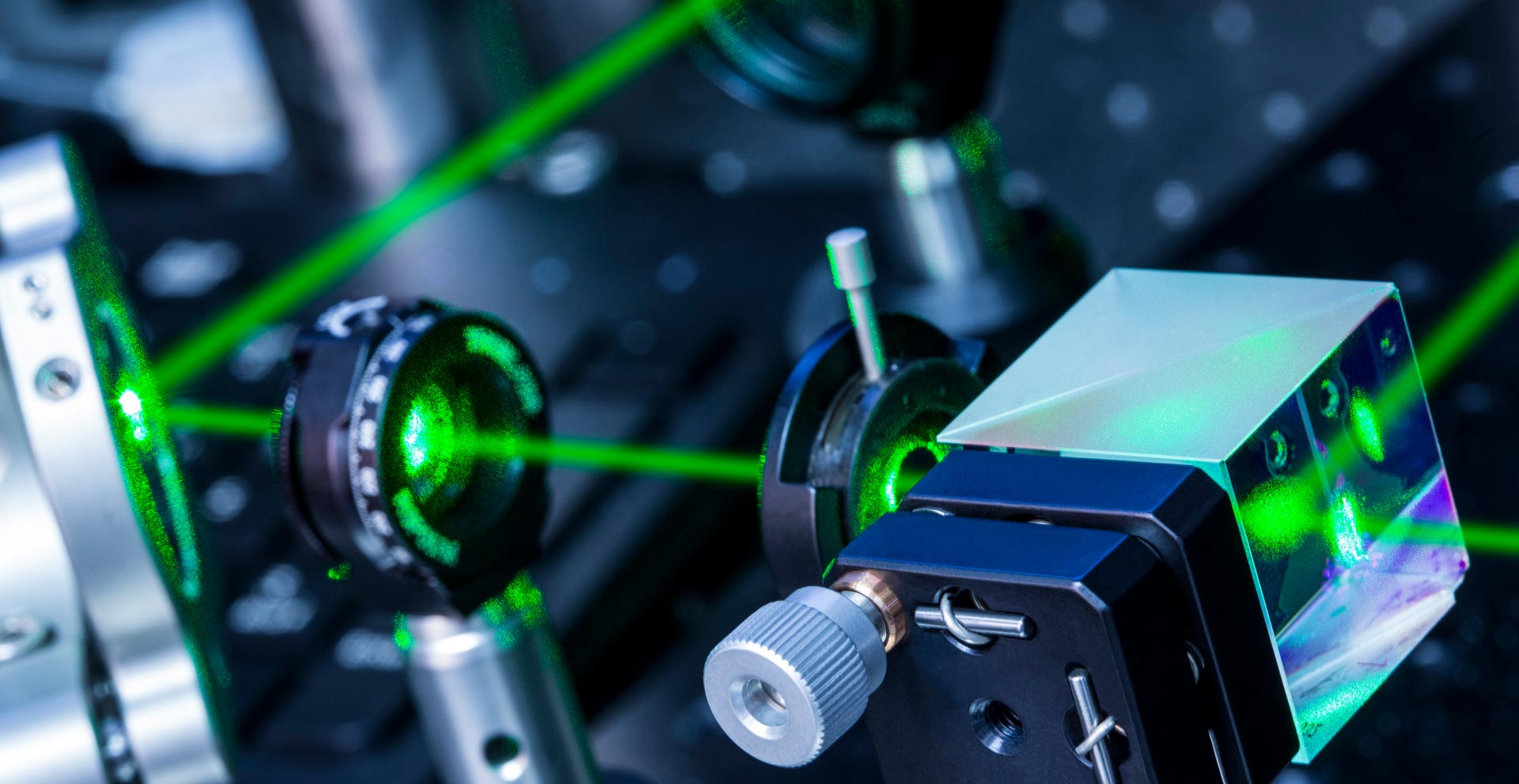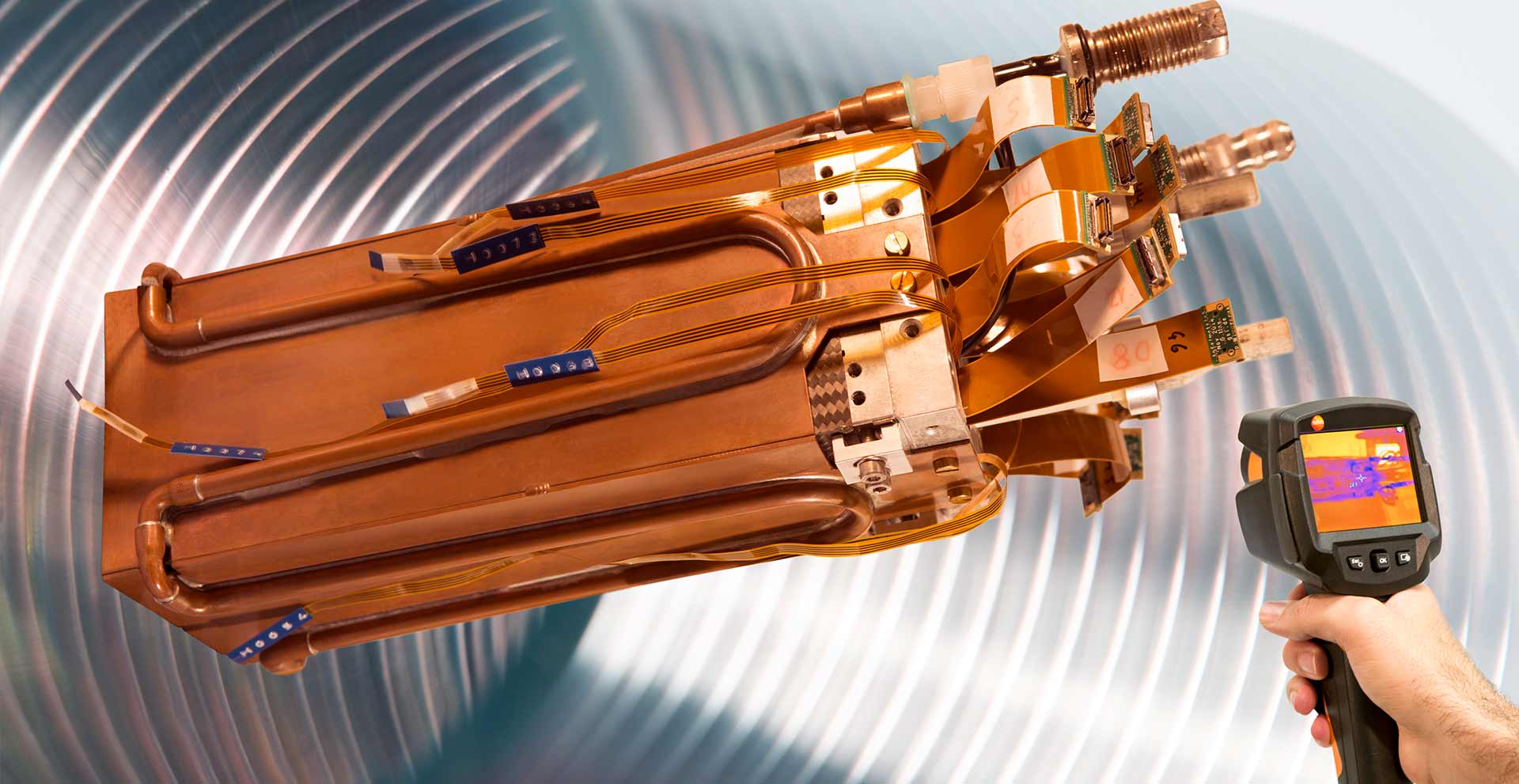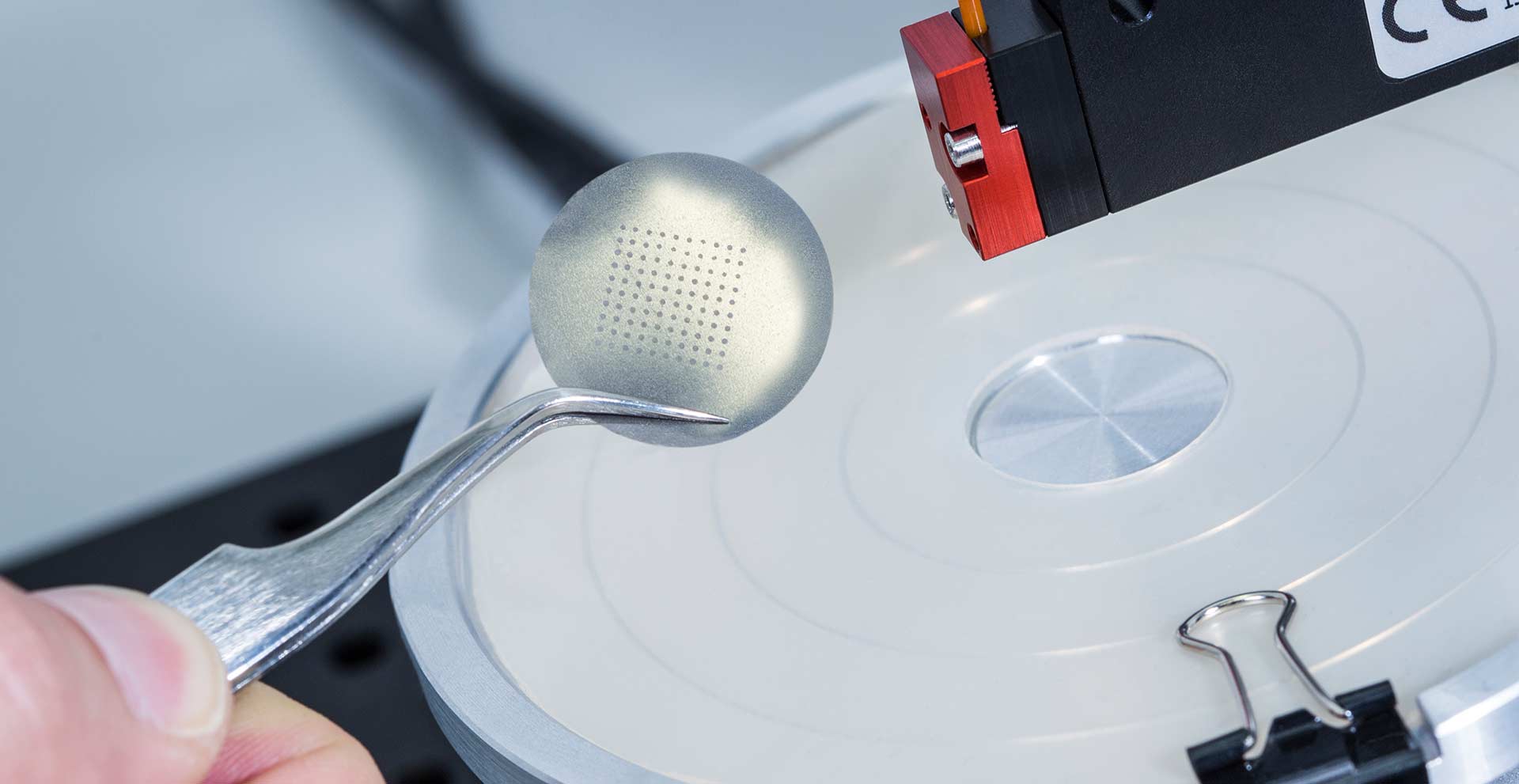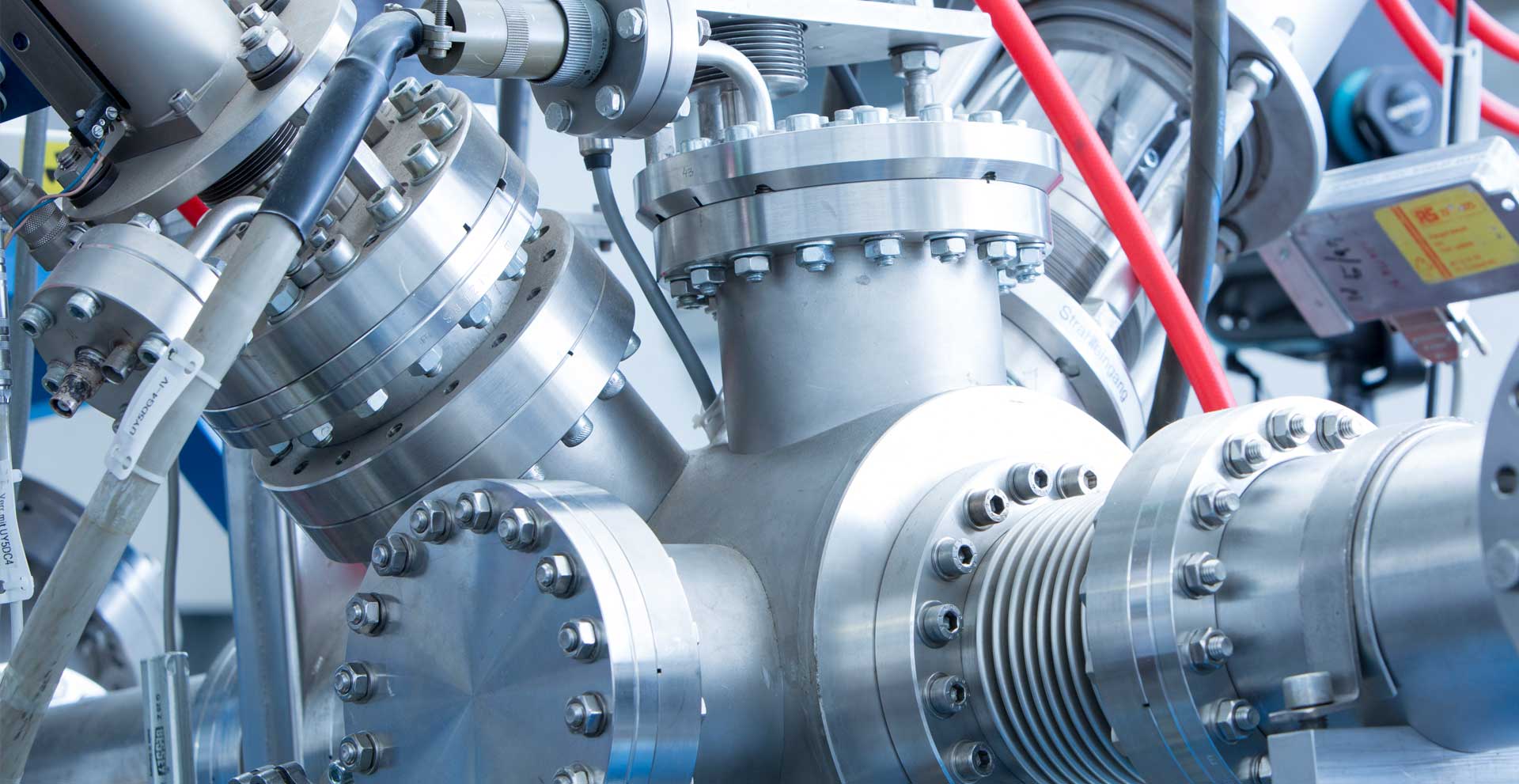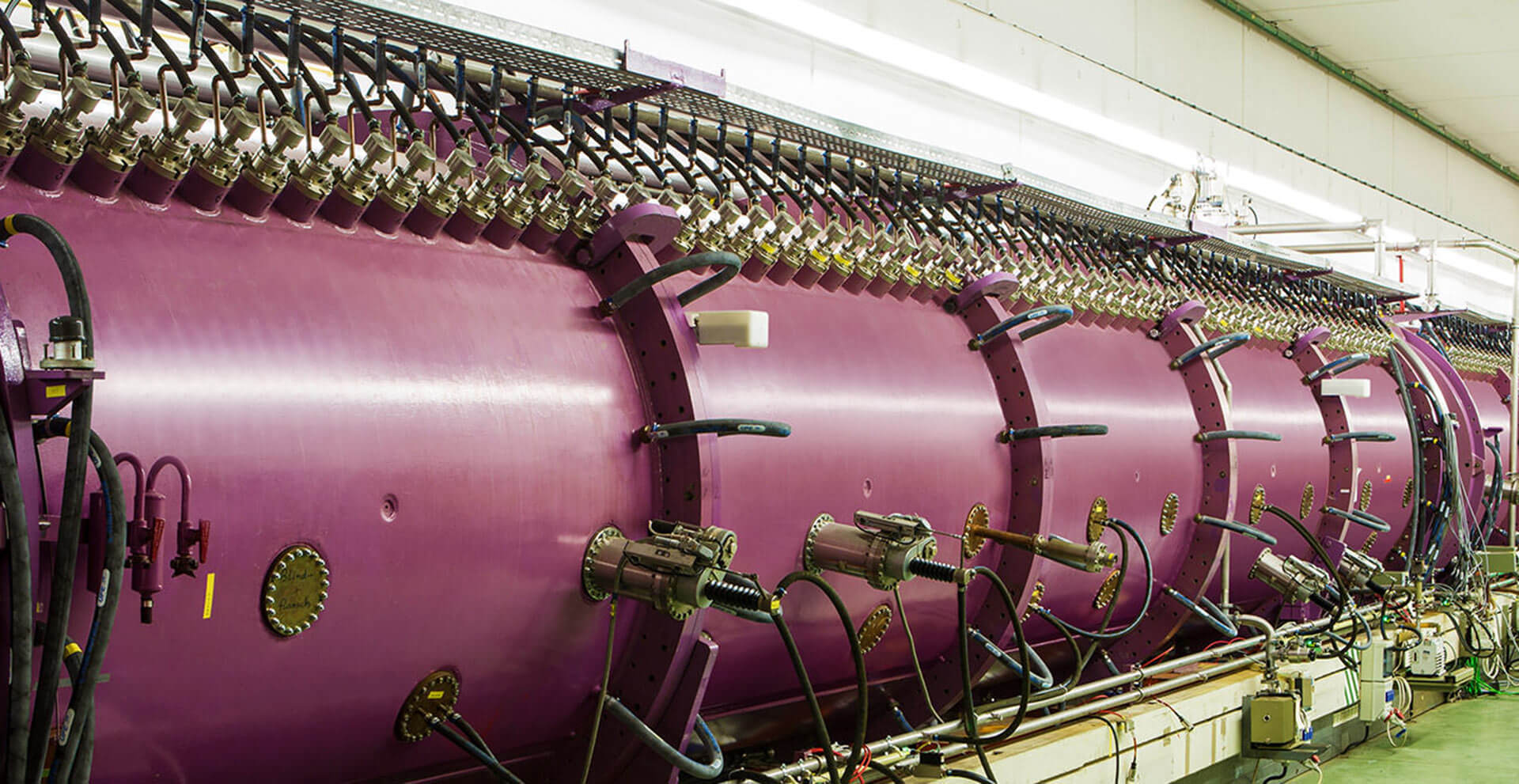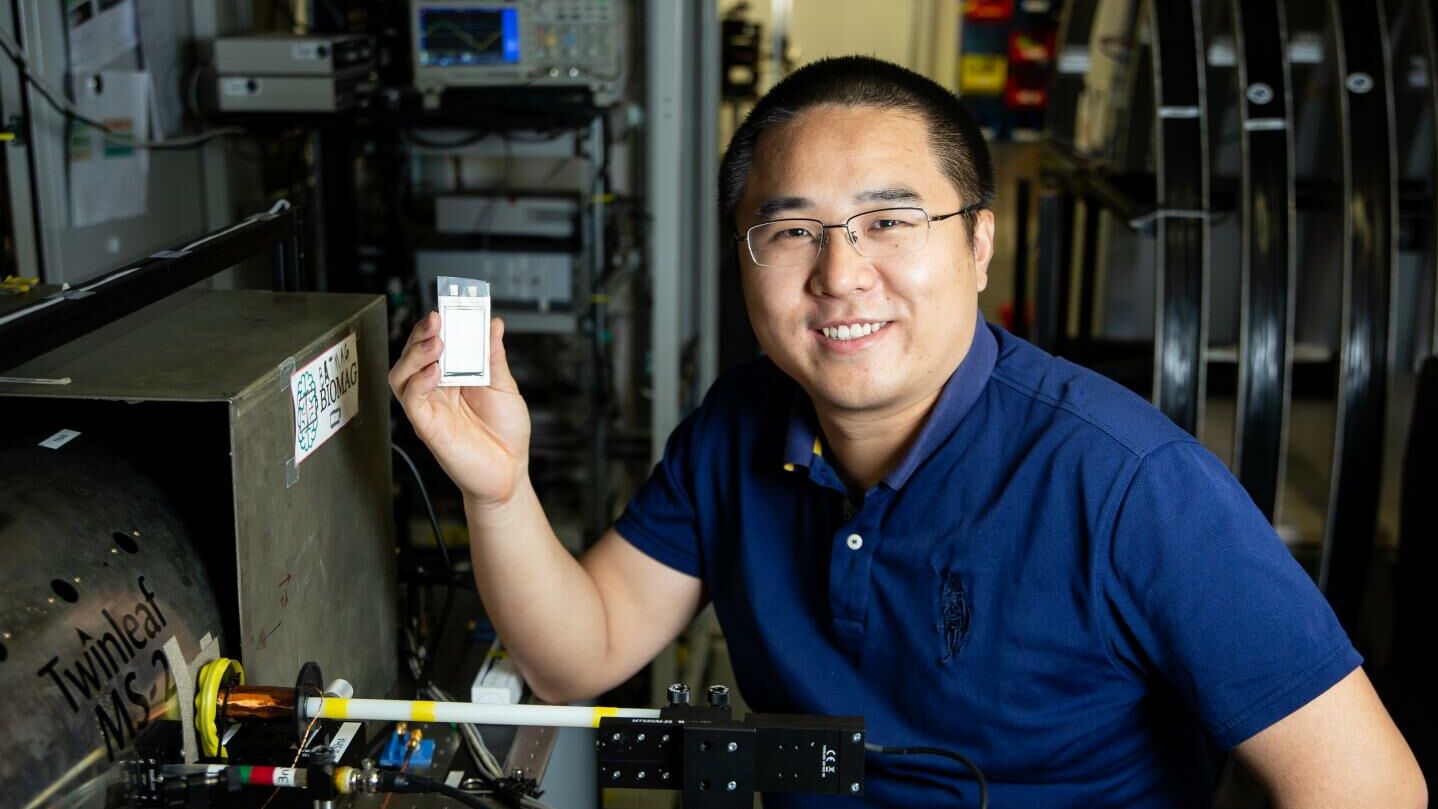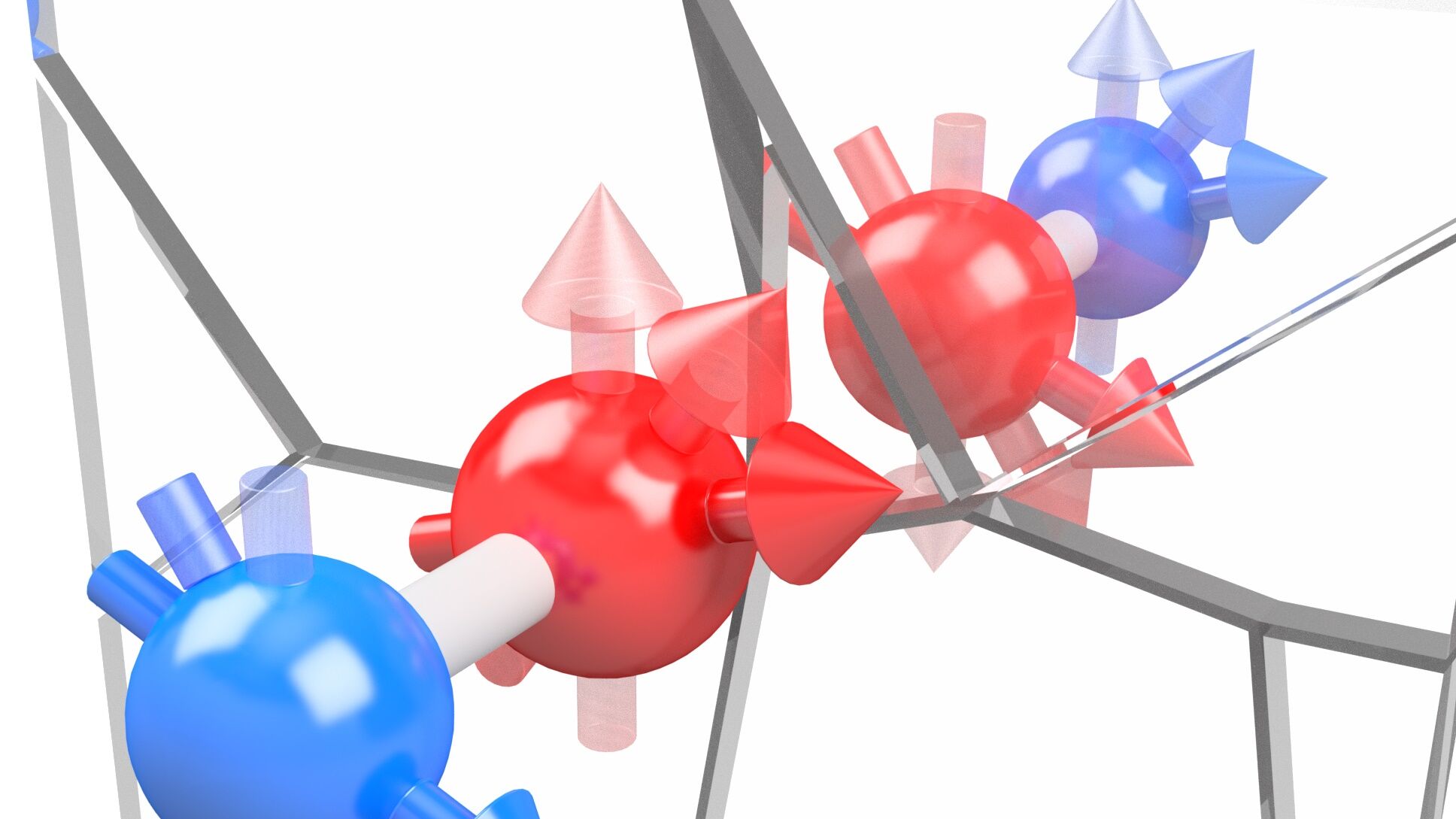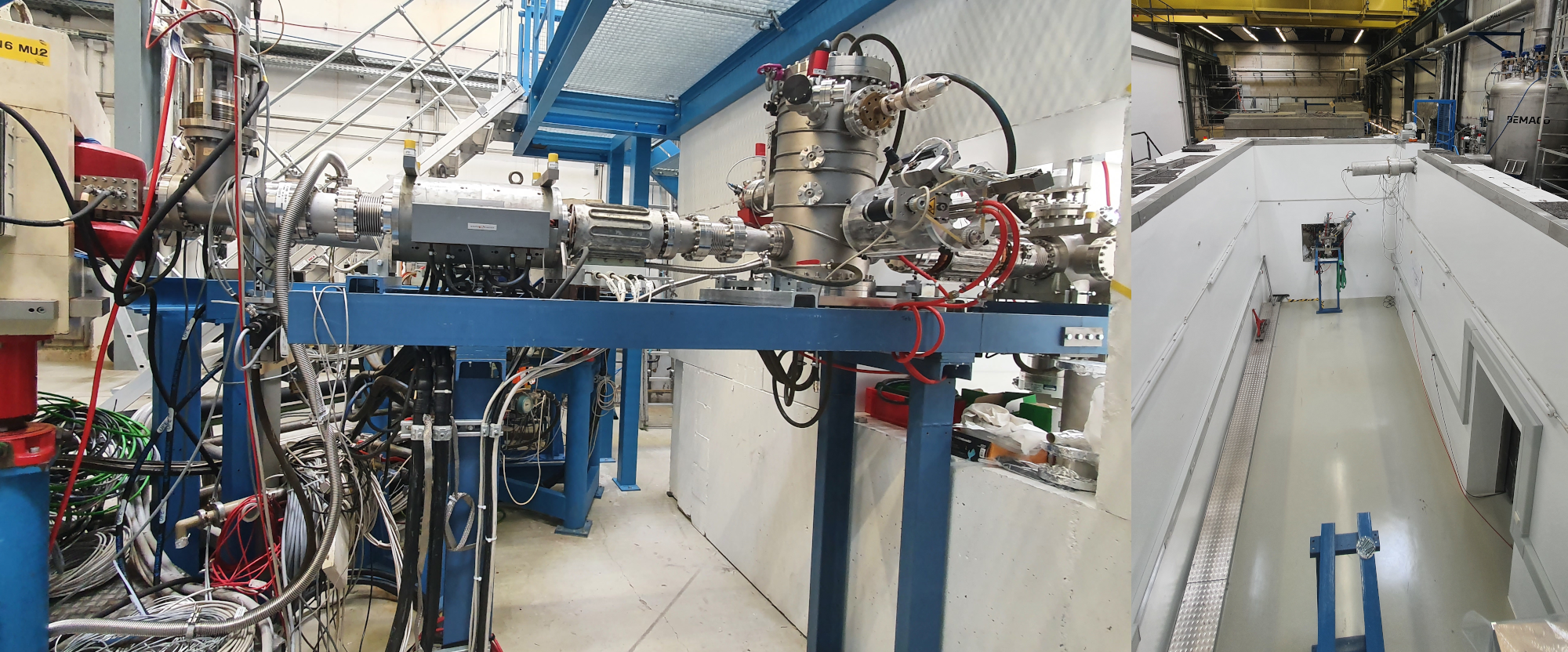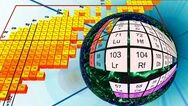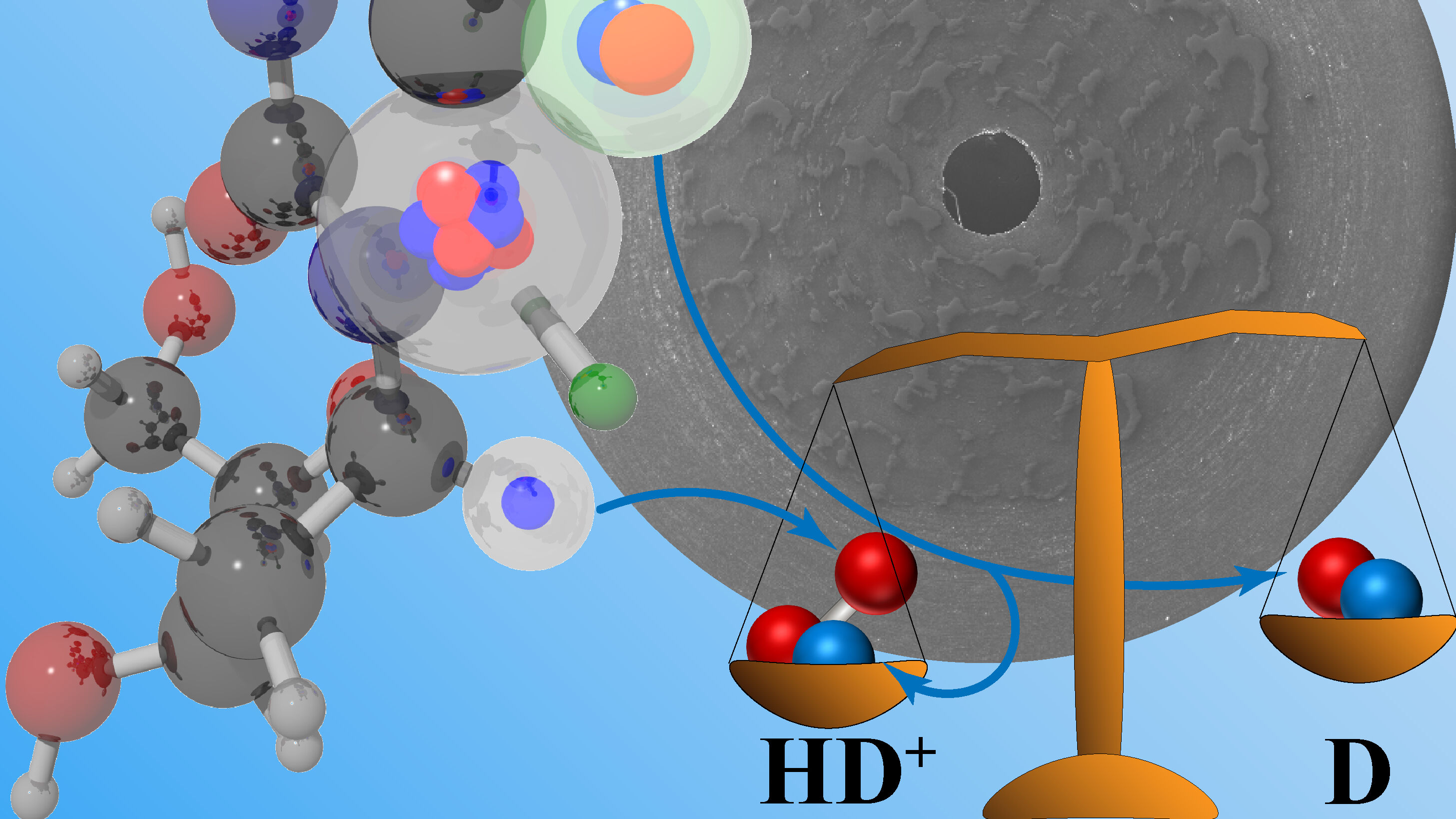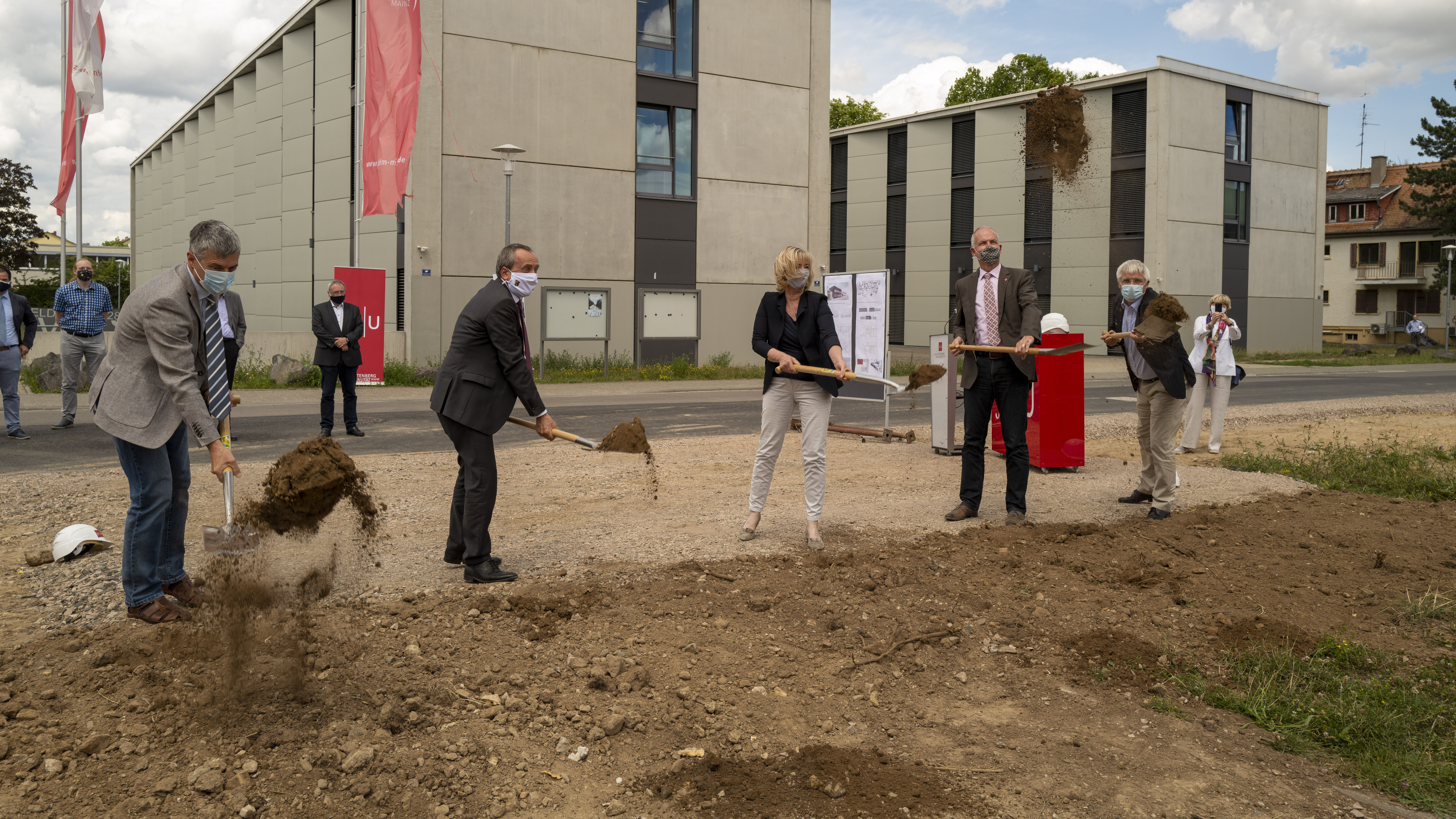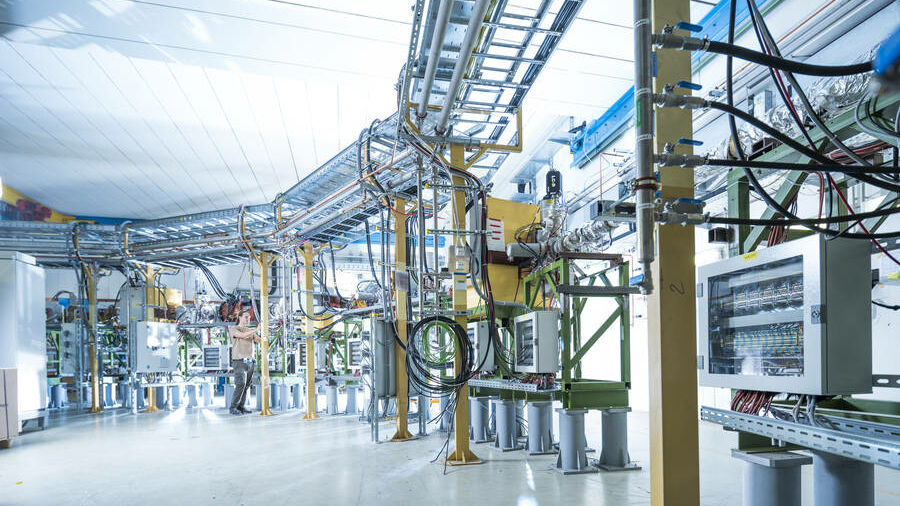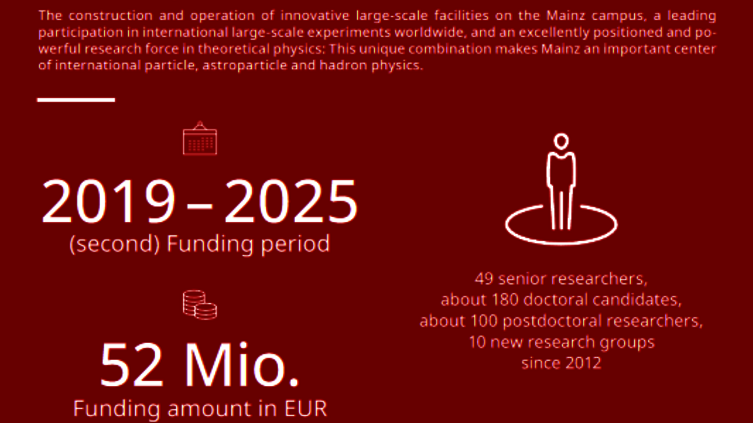|
Dear Partners & Colleagues,
this first HIM-newsletter comes late this year due to the special circumstances of the Corona pandemic.
Like the rest of Germany, HIM went into a complete lockdown from mid march to the beginning of August. The building and our laboratories were closed, meetings took place online, the scientists worked from home.
Even now we work in a so-called "limited normal operation", like the rest of the Johannes Gutenberg University, where the HIM is situated. However, with an elaborate hygiene policy, we manage to execute our research as ususal.
You can witness, that this is working quite well by the following news and achievements of the last months.
Let us hope that we can gradually return to normal work.
Stay healthy! With best regards from Mainz
|
